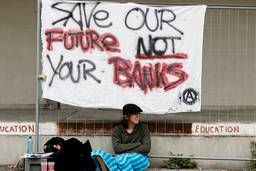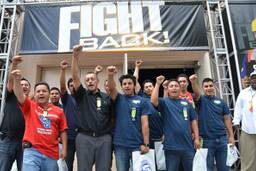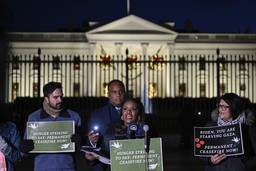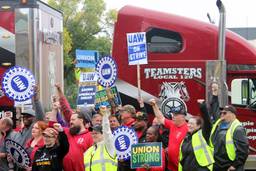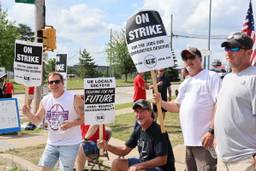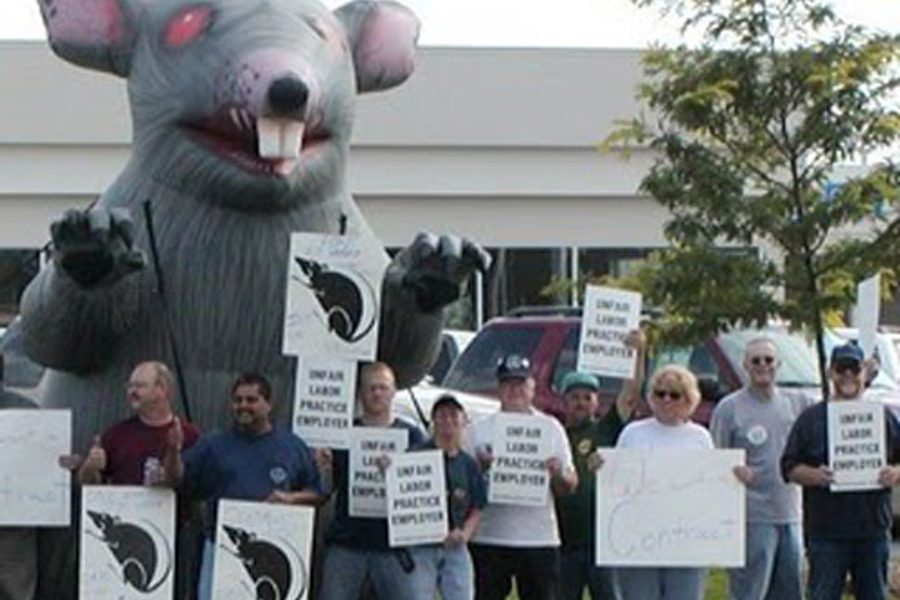
NLRB rules that use of blow-up vermin is protected form of speech
The giant inflatable rats used by unions to protest employer labor practices are legally permissible, the National Labor Relations Board ruled last week.
The decision allows labor groups to display the large, blow-up vermin outside companies and secondary employers. The board, in a 3-1 ruling, said the tactic does not violate U.S. labor law and is protected speech. Businesses argued that the tactic was coercive and confrontational.
The rat balloons, which can be as tall as 25 feet, have gained popularity over the past two decades as a symbol of anti-union activity. Labor groups have used the rat to publicly disgrace companies that hire non-union workers or don’t pay union wages.
Labor and business groups closely followed the case as a barometer for the direction of the NLRB. The independent agency has come under increased scrutiny in the wake of a labor complaint filed against Boeing, prompting calls from Republicans to defund the federal regulator.
The ruling is a follow up from a 2007 case in which a federal court reversed a NLRB decision from the previous year. The court found that the Sheet Metal Workers International Association Local 15 did not act unlawfully when the union staged a mock funeral in front of a Florida hospital and erected a giant rat while members handed out leaflets. The hospital had hired a contractor, which used a staffing agency that employed non-union workers.
The National Labor Relations Act prohibits conduct that includes “threatening, coercing, or restraining” a secondary employer if the object is to cease the company’s business with a primary employer. The majority — Chairman Wilma B. Liebman, Craig Becker and Mark Pearce — ruled that the rats are symbolic speech and didn’t interfere with business operations. They wrote:
It certainly drew attention to the Union’s grievance and cast aspersions on [the contractor], but we perceive nothing in the location, size or features of the balloon that were likely to frighten those entering the hospital, disturb patients or their families, or otherwise interfere with the business of the hospital.
Brian Hayes, the dissenter, said the tactic was coercive and unlawful:
Viewed from nearby, the picture is altogether different and anything but amusing. For pedestrians or occupants of cars passing in the shadow of a rat balloon, which proclaims the presence of a ‘rat employer’ and is surrounded by union agents, the message is unmistakably confrontational and coercive.
The imposing figure of the inflatable rat, standing on its hind legs with its large overbite and menacing eyes, has become a popular street theater tool in labor circles. For employers, it’s a scourge that attracts unwanted attention from passersby.
The protest tactic apparently began in 1990, when a balloon company produced a giant rodent named “Scabby the Rat” at the request of a Chicago union. Since then, the rodents have been used in labor disputes across the country.
The creators, Big Sky Balloons and Searchlights, have since expanded their catalog to other members of the animal kingdom. According to the company’s website, there are various other rat balloons, some with scabs on its abdomen – an obvious jab at replacement workers. Others include a giant skunk, cockroach, a “Greedy Pig” adorned with a cigar and a tophat, and “Corporate Fat Cat,” a feline in a three-piece suit strangling a worker with its paws.
The balloons can cost as much as $8,000. While the company is most likely breathing a sigh of relief following the NLRB ruling, ironically, the Illinois-based company is not a union shop, according to the New York Daily News.

I hope you found this article important. Before you leave, I want to ask you to consider supporting our work with a donation. In These Times needs readers like you to help sustain our mission. We don’t depend on—or want—corporate advertising or deep-pocketed billionaires to fund our journalism. We’re supported by you, the reader, so we can focus on covering the issues that matter most to the progressive movement without fear or compromise.
Our work isn’t hidden behind a paywall because of people like you who support our journalism. We want to keep it that way. If you value the work we do and the movements we cover, please consider donating to In These Times.
